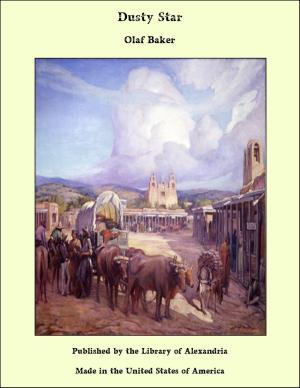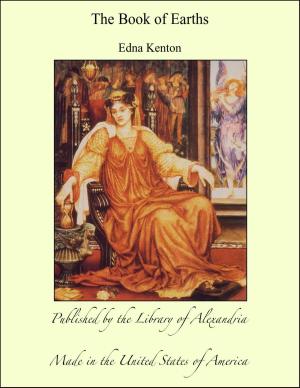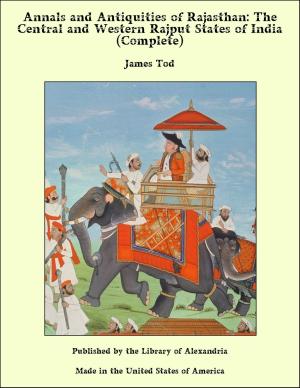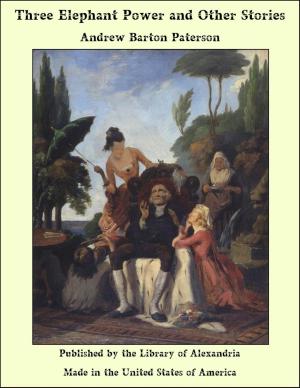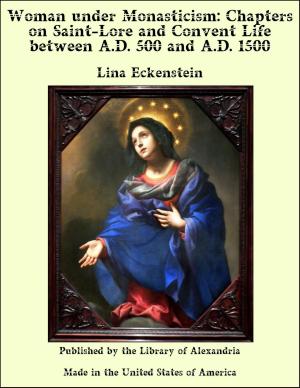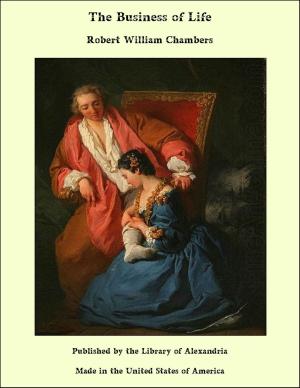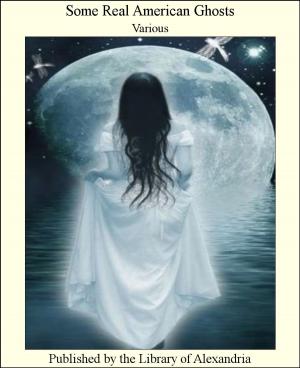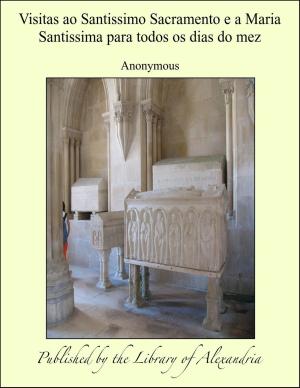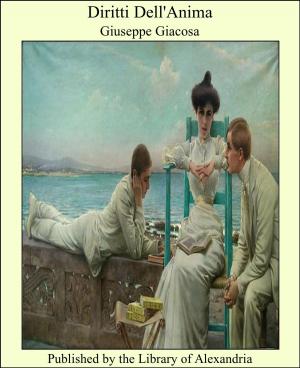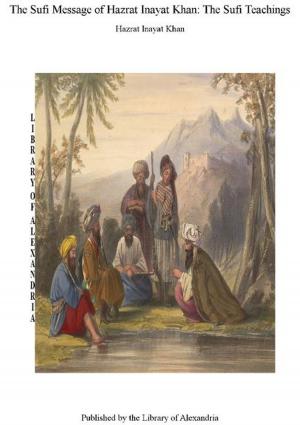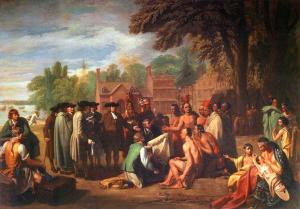| Author: | Emilia Pardo Bazán | ISBN: | 9781465615244 |
| Publisher: | Library of Alexandria | Publication: | March 8, 2015 |
| Imprint: | Language: | English |
| Author: | Emilia Pardo Bazán |
| ISBN: | 9781465615244 |
| Publisher: | Library of Alexandria |
| Publication: | March 8, 2015 |
| Imprint: | |
| Language: | English |
That the wedding was not a fashionable one was to be seen at a glance. The bride and groom, indeed, so far as could be judged from externals, might mix in the most select society, but the greater number of the guests—the chorus, so to say—belonged to that portion of the middle class which merges into and is scarcely to be distinguished from the mass of the people. Among them were some curious and picturesque groups, the platform of the railway station at Leon presenting a scene that would have greatly interested a genre painter. Just as in the ideal bridal scenes that we see painted on fans, it was noticeable here that the train of the bride was composed exclusively of the gentler, that of the bridegroom of the sterner sex. There was also noticeable a striking difference between the social conditions of the two parties. The bride’s escort, much the more numerous of the two, looked like a populous ant-hill. The women, both young and old, wore the traditional black woolen dress, which, for the women of the lower classes who have some pretentions to gentility, has almost come to be the prescribed costume of ceremony; for the people still retain the privilege of donning gay colored garments on festive and joyous occasions. Among these human ants were several who were young and pretty, some of them joyous and excited with thoughts of the wedding, others lugubrious looking, their eyes red with weeping, thinking of the approaching parting. They were marshaled by half a dozen duennas of mature years who, from out the folds of their manto, cast around them on all sides sharp and suspicious glances. The whole troop of female friends flocked around the newly made bride, manifesting the puerile and eager curiosity which the spectacle of the supreme situations of life is apt to awaken in the breasts of the multitude. They devoured with their eyes the girl they had seen a thousand times before, whose every feature they knew by heart—the bride who, arrayed in her traveling dress, seemed to them a different being from the girl they had hitherto known. The heroine of the occasion might be some eighteen years old; she might be thought younger, if one judged by the childish expression of her mouth and the rounded contour of her cheeks, older, judging by the luxuriant curves of her figure and the exuberant life and vigor revealed in her whole person. Here were no high and narrow shoulders and impossible hips such as we see represented in fashion plates, that put one in mind of a doll stuffed with bran; this was a woman, not of the conventional type of an ephemeral fashion, but of the eternal type of the feminine form, such as nature and classic art have designed it. Perhaps this physical superiority detracted to a certain extent from the effect of the fanciful traveling dress of the bride, perhaps curves less rounded, firmer outlines of the arm and neck were required in order to wear with the necessary ease the semi-masculine dress of maroon-colored cloth and the coarse straw toque, on whose crown perched, with wings outspread over a nest formed of feathers, a humming-bird with irridescent plumage.
That the wedding was not a fashionable one was to be seen at a glance. The bride and groom, indeed, so far as could be judged from externals, might mix in the most select society, but the greater number of the guests—the chorus, so to say—belonged to that portion of the middle class which merges into and is scarcely to be distinguished from the mass of the people. Among them were some curious and picturesque groups, the platform of the railway station at Leon presenting a scene that would have greatly interested a genre painter. Just as in the ideal bridal scenes that we see painted on fans, it was noticeable here that the train of the bride was composed exclusively of the gentler, that of the bridegroom of the sterner sex. There was also noticeable a striking difference between the social conditions of the two parties. The bride’s escort, much the more numerous of the two, looked like a populous ant-hill. The women, both young and old, wore the traditional black woolen dress, which, for the women of the lower classes who have some pretentions to gentility, has almost come to be the prescribed costume of ceremony; for the people still retain the privilege of donning gay colored garments on festive and joyous occasions. Among these human ants were several who were young and pretty, some of them joyous and excited with thoughts of the wedding, others lugubrious looking, their eyes red with weeping, thinking of the approaching parting. They were marshaled by half a dozen duennas of mature years who, from out the folds of their manto, cast around them on all sides sharp and suspicious glances. The whole troop of female friends flocked around the newly made bride, manifesting the puerile and eager curiosity which the spectacle of the supreme situations of life is apt to awaken in the breasts of the multitude. They devoured with their eyes the girl they had seen a thousand times before, whose every feature they knew by heart—the bride who, arrayed in her traveling dress, seemed to them a different being from the girl they had hitherto known. The heroine of the occasion might be some eighteen years old; she might be thought younger, if one judged by the childish expression of her mouth and the rounded contour of her cheeks, older, judging by the luxuriant curves of her figure and the exuberant life and vigor revealed in her whole person. Here were no high and narrow shoulders and impossible hips such as we see represented in fashion plates, that put one in mind of a doll stuffed with bran; this was a woman, not of the conventional type of an ephemeral fashion, but of the eternal type of the feminine form, such as nature and classic art have designed it. Perhaps this physical superiority detracted to a certain extent from the effect of the fanciful traveling dress of the bride, perhaps curves less rounded, firmer outlines of the arm and neck were required in order to wear with the necessary ease the semi-masculine dress of maroon-colored cloth and the coarse straw toque, on whose crown perched, with wings outspread over a nest formed of feathers, a humming-bird with irridescent plumage.


